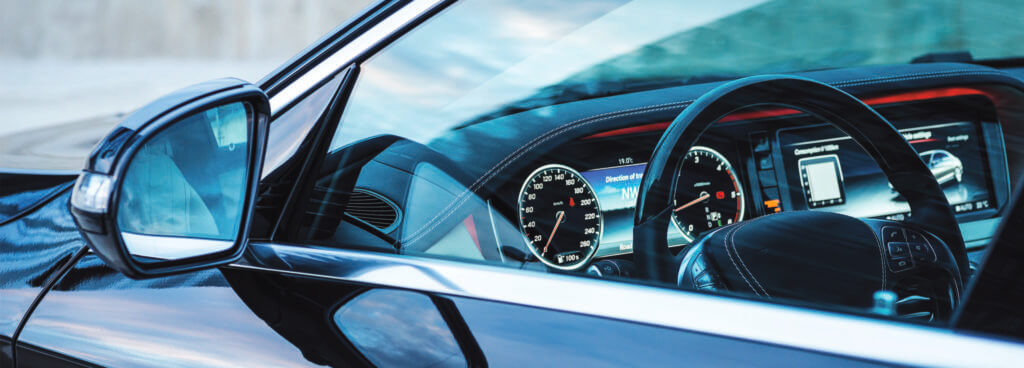- Home
- Services/IndustriesServicesindustries
- About Us
- LocationsStatesAccordion ContentAccordion ContentAccordion ContentAccordion Content
- Job Openings
- Quick Links
- ATS Family

Engine Vibration Testing
Applied Technical Services and our Family of Companies perform automotive engine vibration testing services in our state-of-the-art dynamics laboratory.
Automotive Engine Vibration Testing
Vibration testing is a critical part of the automotive testing process that helps to ensure the safety, durability, and proper functionality of automotive engines. There are two main types of vibration testing: random vibration and sine vibration . Random vibration testing simulates the unpredictable forces that mechanical components will experience during normal driving conditions. Sine vibration testing applies a single frequency of vibration to the engine, which helps to identify resonance frequencies.
Random Vibration Testing: this is the most common type of engine vibration testing, simulating the vibrations an engine will experience in its standard operating environment. These vibrations can be caused by a variety of factors, including the road surface, the engine’s operating speed, and the weight of the vehicle. Random vibration testing is conducted in a special chamber where the engine is mounted on a vibration table and then subjected to a random vibration signal that is generated by a computer. The random vibration signal is typically specified in terms of its frequency spectrum and intensity. Random vibration testing is conducted for a specified period of time, typically ranging from 24 hours to 1000 hours. During the test, the engine is monitored for signs of damage, such as cracks, loose components, or excessive wear.
Sine Vibration Testing: this testing method is less common and is used to identify resonance frequencies, which are the frequencies at which an engine is most likely to vibrate. Resonance frequencies can cause the engine to vibrate violently, which can cause damage and ultimately lead to failure. Sine vibration testing is conducted in a similar way to random vibration testing, with the key difference being that the vibration signal is a single frequency sine wave. The frequency of the sine wave is swept through a range of frequencies while the engine is monitored for signs of resonance. Sine vibration testing is typically conducted for a shorter period of time than the random vibration test, commonly ranging from 1 to 10 hours. The results of the sine vibration test are used to identify the resonance frequencies of the engine, and this information is then used to design the engine mounts and other components to minimize vibration.
Automotive Testing at ATS
Our automotive testing experts perform a wide range of services, including:
- Waterproofness Testing
- Hardness Testing
- Vibration and Shock Testing
- Chip Resistance and Impact Testing
- Abrasion and Adhesion Testing
- Tensile Testing
- Paint and Coating Testing
- CASS Testing
- Temperature Testing
- Accelerometer Inspections
- Flammability Testing
- Humidity Testing
- Electrical Component Inspections
- Polymer Characterization
- Salt Spray Testing
Applied Technical Services
Our vibration testing experts apply decades of experience to provide clientele with dependable, precise reporting. Contact us today at 1 (888) 287-5227 or by submitting a request form on this page to request additional information or a free quote on automotive vibration testing services.

Request Form
"*" indicates required fields
Automotive Testing Links
- Automotive Interior Testing Lab
- Automotive Paint Salt Spray Testing
- Automotive Testing Companies
- Automotive Testing Services
- Automotive TL Testing
- Automotive Vibration Testing
- VOC Testing
- BMW Approved Test Lab
- BMW Approved Testing Lab
- BMW Standards Testing
- BMW VOC Testing
- BO 131 03 Ford Interior Odor Test
- Chrysler Standards Testing
- DIN 75200 Testing
- DIN 75201
- DIN 75220
- Engine Vibration Testing
- Exterior Paint Testing
- Florida Exposure Testing
- FMVSS 302 Testing
- Ford Standards Testing
- Ford VOC Testing
- GM Standards Testing
- GS 97014-3 Testing
- Honda Parts Testing
- Honda VOC Testing
- Honda Standards Testing
- Kalahari Testing
- Mercedes Approved Testing Lab
- Mercedes Materials Testing Lab
- Mercedes Standards Testing
- Mitsubishi Standards Testing
- Nissan Standards Testing
- PV 3900 VW Odor Test
- SAE Specs
- Subaru Standards Testing
- Tesla Standards Testing
- TL 211 Automotive Testing
- TL 226 Testing
- TL 527 Testing
- TL 528 Testing
- TL 52388 Testing
- TL 52722 Testing
- Toyota Parts Testing
- Toyota Standards Testing
- Toyota VOC Testing
- VDA 230-219 Testing
- VDA 270 BMW Odor Test
- Volkswagen Approved Lab
- Volkswagen Approved Testing Lab
- Volkswagen Parts Testing
- Volkswagen Standards Testing
- Volkswagen VOC Testing
- Volvo Standards Testing
- VW 44045 Testing
- VW Approved Test Lab
- VW Approved Testing Lab
- VW Validation Testing
